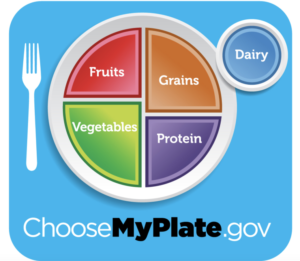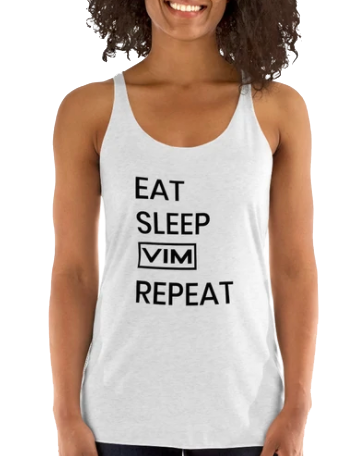People choose to begin working with a personal trainer for a range of reasons; whether it is to train towards a specific goal or just for an added dose of motivation and accountability. Of course, you are going to need to put the hard work in to see results, but your personal trainer will equally need to be putting in the work to keep you motivated and keep pushing you to reach the goals you have set. Personal training can sometimes be too expensive for some people, so online personal training or small group training is another alternative. There are so many benefits of personal training, from perfecting your form to nailing your nutrition, but before you begin working with a personal trainer, there are a few things you should know.
Question Your Potential Personal Trainer
The consultation prior to deciding whether you proceed with a personal trainer is so important! This is your opportunity to truly grill them and ask questions to get a sense of who they are and to make sure they will be a right fit for you. Of course, it’s important they ask you questions too so that they understand you, your history and your goals to ensure they can create an effective regime that will bring about results. Here are some great questions you should be asking your trainer:
- Do you have experience designing a plan for someone with my kind of goals?
- What is it like to train with you?
- How easy will you find it to make adjustments to my plan based on changes that may come up?
- What do you expect of me as the trainee?
Define Your Boundaries
Always let your personal trainer know what your boundaries are – without a doubt, your trainer is going to push you, but we all have our limits. For example, if you truly hate the feeling of being so out of breath that your chest hurts, let your trainer know this so they can plan movements that will not cause this. The same goes for how much physical contact you deem acceptable; some trainers will help reposition you if your form is not quite correct, but some people can find this invasive. If you would prefer your trainer to not touch you, always let them know this.
Don’t Feel Stuck
Many people begin using a personal trainer and over a few months, or sometimes even weeks, find that they are not clicking with their trainer in the way they would have hoped – or perhaps are finding there are no results being seen. Regardless of your reasons, just because you started with one personal trainer does not mean you are tied in for life. You can always shop around and with a bit more experience under your belt in terms of what you do like and what you don’t, you may be able to find someone better suited to you.
Buying Multiple Sessions is Not a Requirement
Of course, any personal trainer is going to want to sell you as many sessions as possible, but this is where many people find they feel trapped with a trainer; at first things may seem great and you may think you each are well suited to each other, to later find out their training style is not quite what you expected. When you are tied into multiple sessions, it isn’t so each to back out. Always start out with just a couple of sessions before buying any sessions in bulk.
Don’t Tell Your Personal Trainer What They Want to Hear
Honesty is key! It is so important that you prioritize what it is that you actually want, not what you think your personal trainer will expect of you. Many people train not to see any physical changes, but simply to feel stronger and more fit, and that is totally acceptable! Do not feel forced into claiming you have certain goals just because you believe that is what your trainer will want. Being open and communicative with your personal trainer is always best, that way, you will truly be able to work towards your goals or to simply maintain where you are at, if that’s what you wish.
The same goes for certain movements – do not pretend to enjoy certain things if you really don’t! If you get bored of reps and sets, perhaps timed sets would be more enjoyable for you. Always discuss what you like with your trainer and which things make you feel your best; they can tweak and adapt your plan to best suit you. Think back to one of the first questions we suggested you ask:
- How easy will you find it to make adjustments to my plan based on changes that may come up?
This question is so relevant as trainers need to be adaptable and flexible to ensure you feel motivated and pushed, while also enjoying what you do!



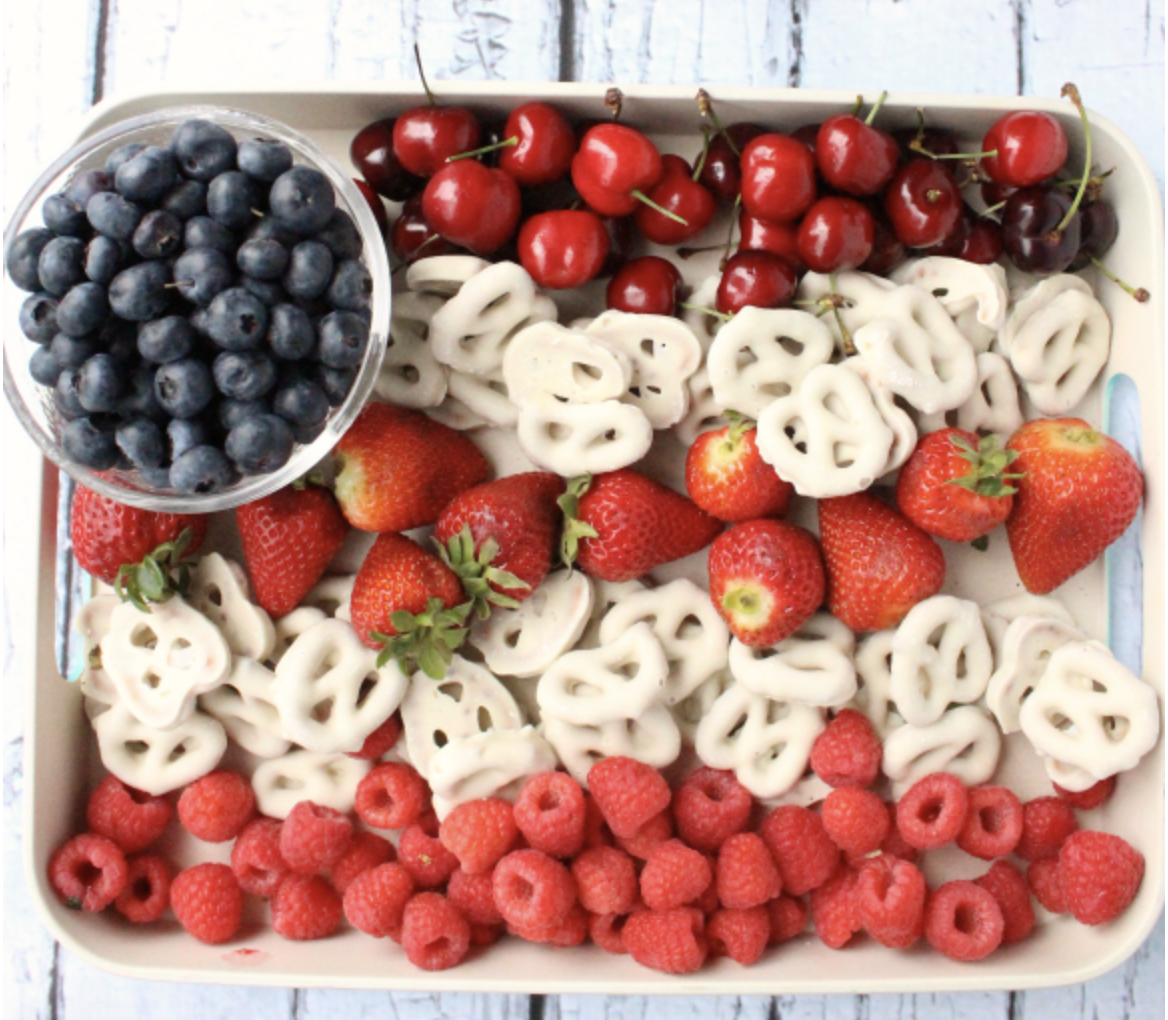
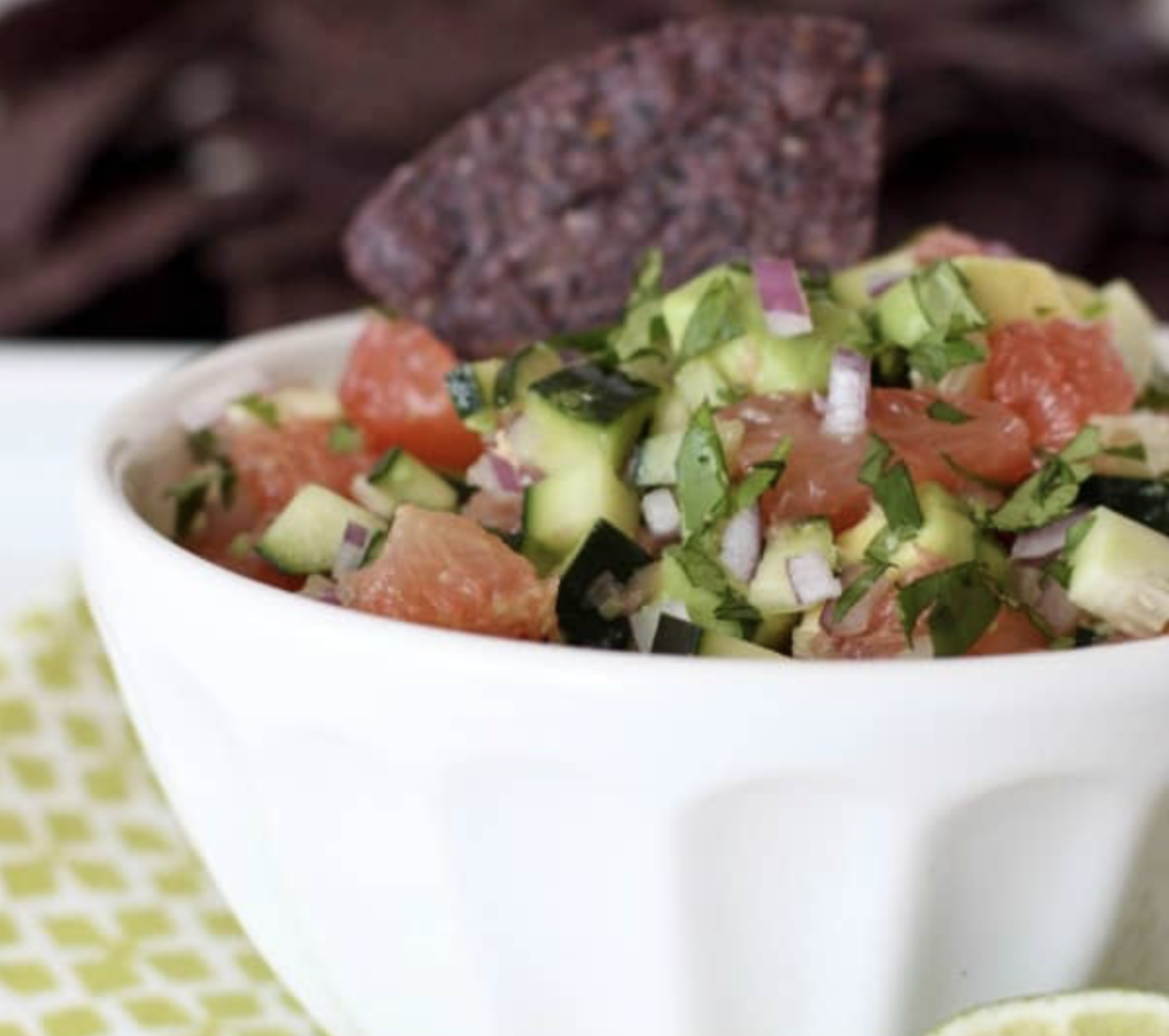
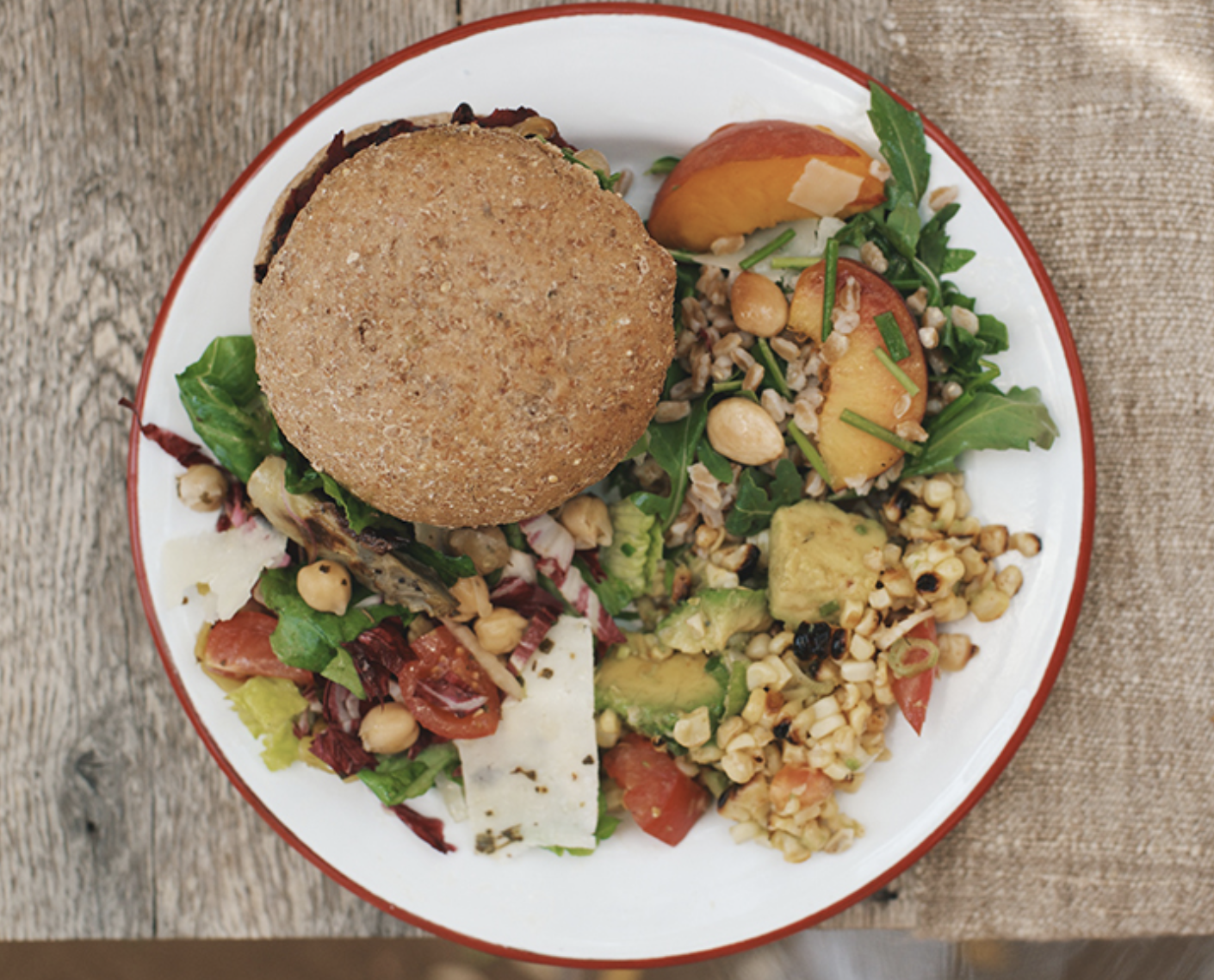
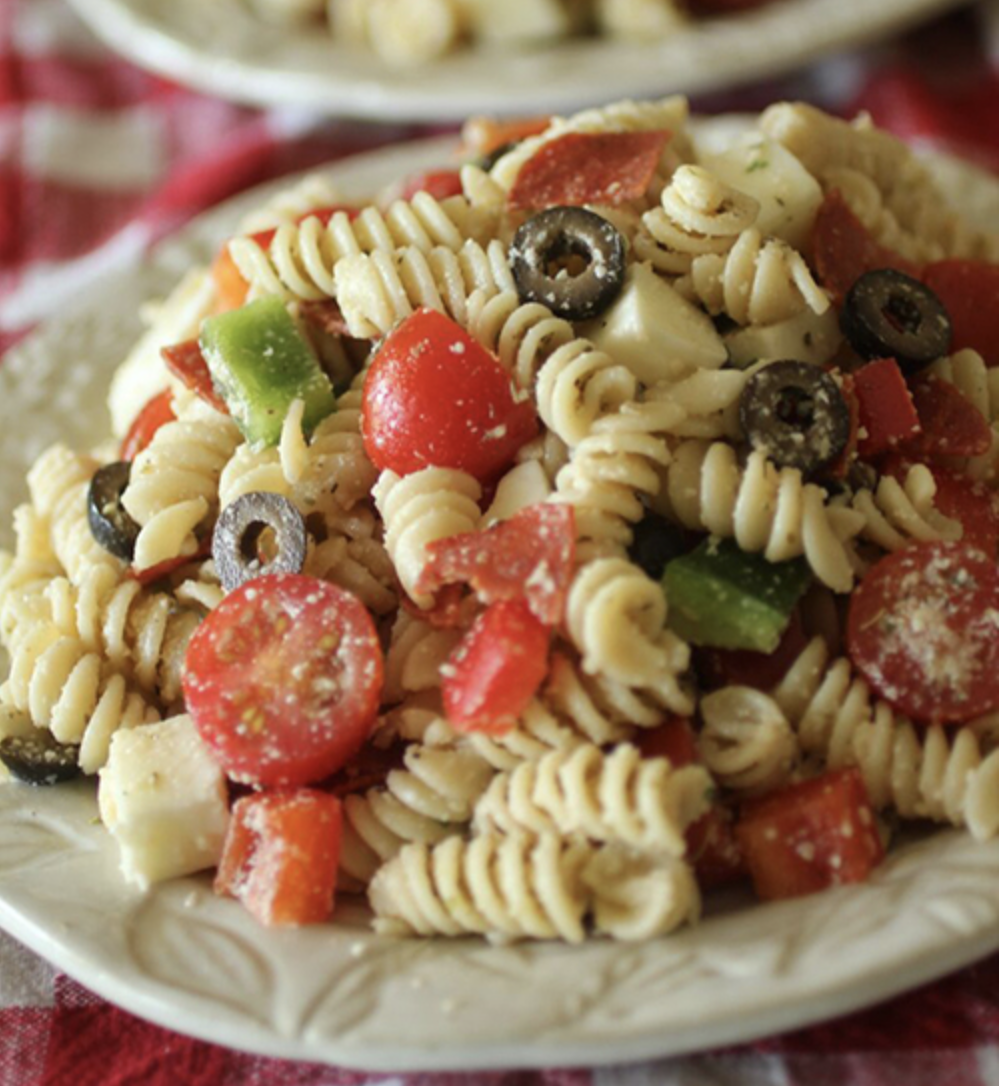



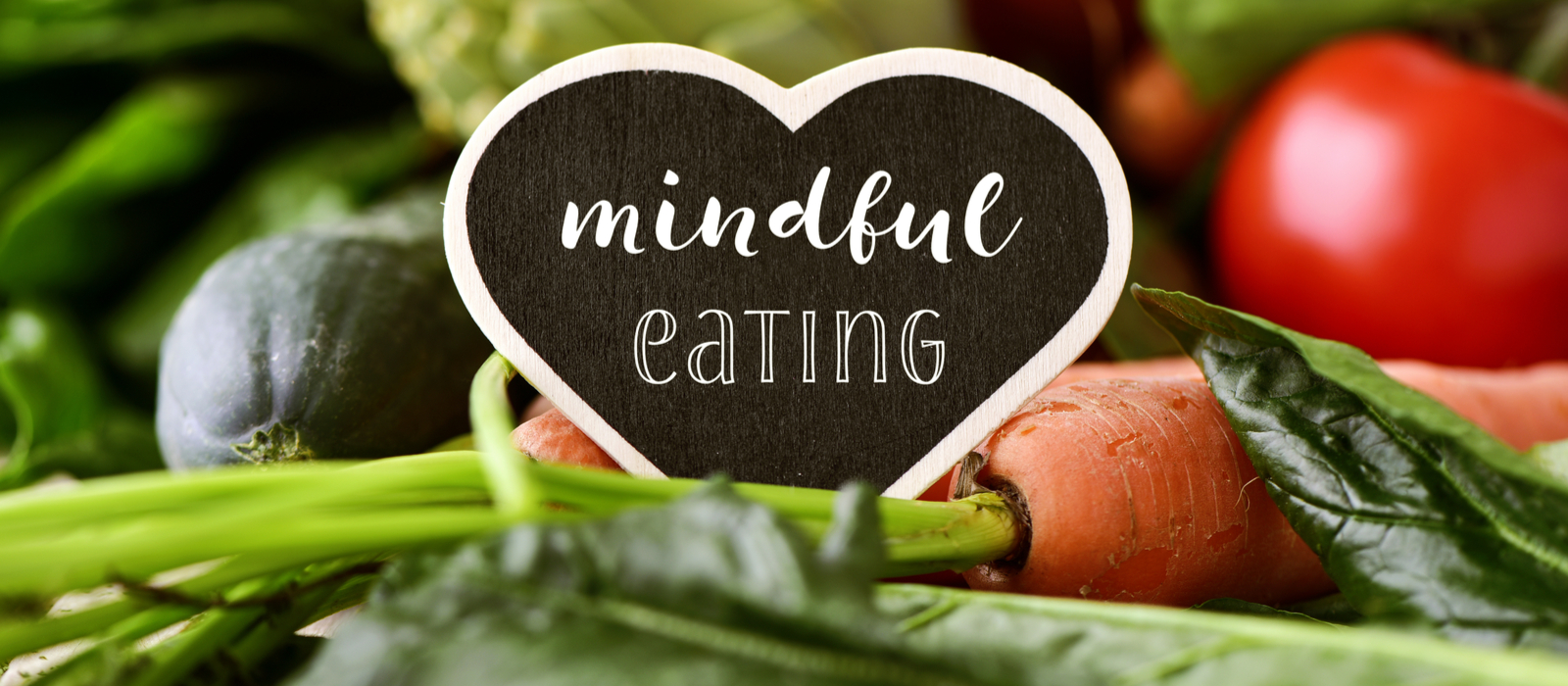
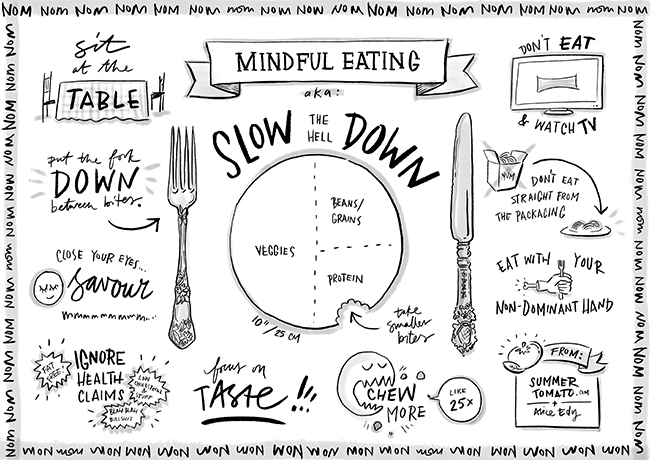
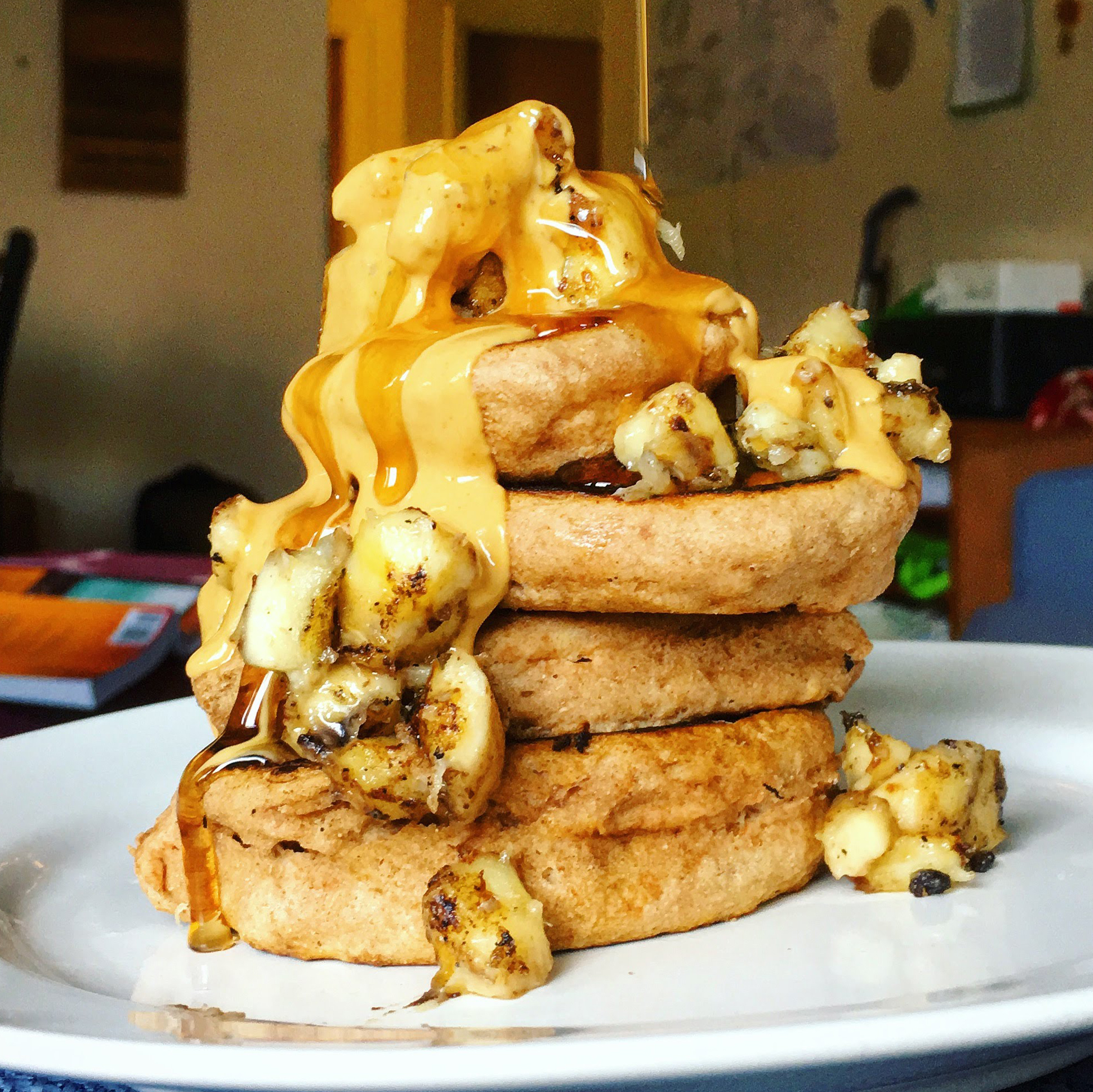



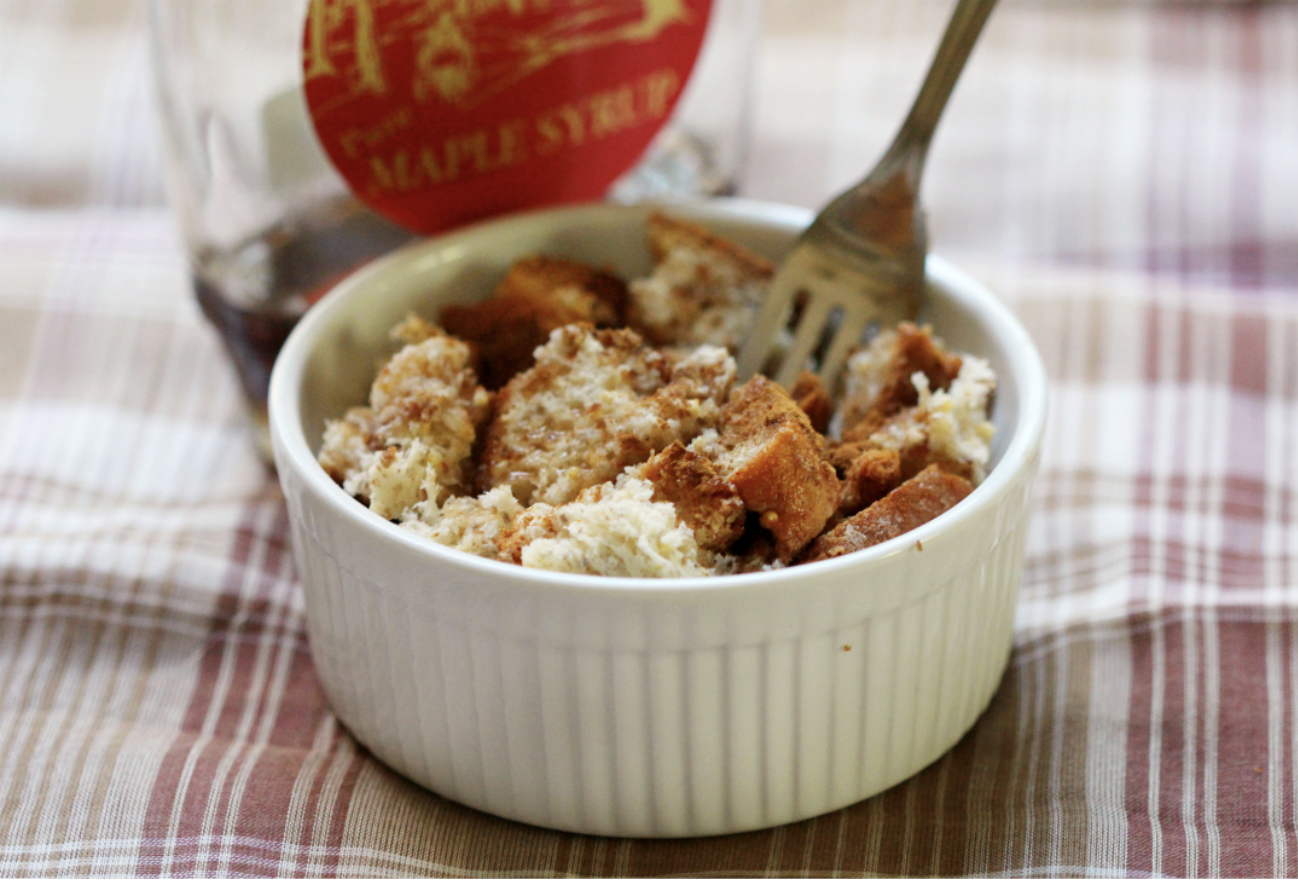
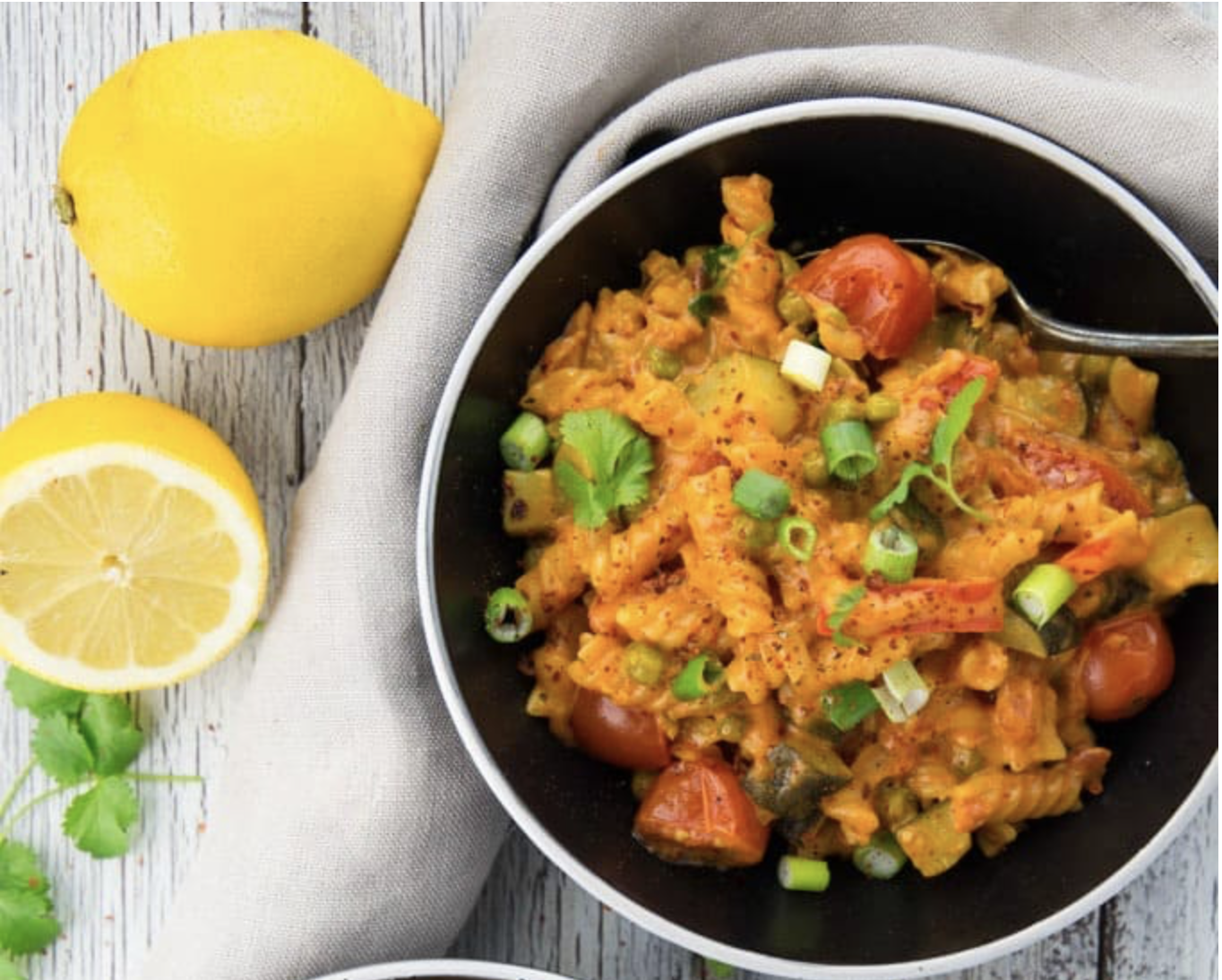
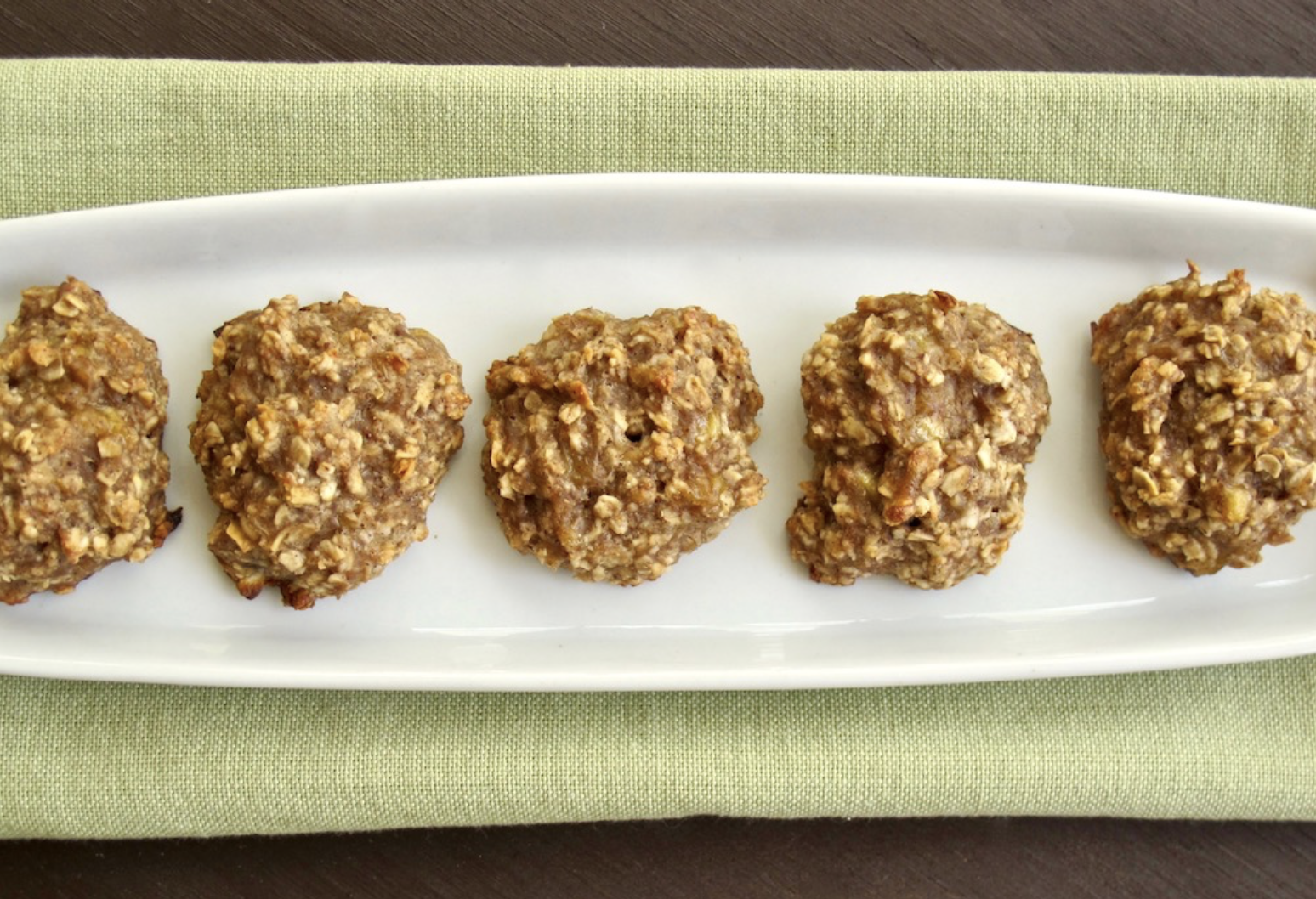
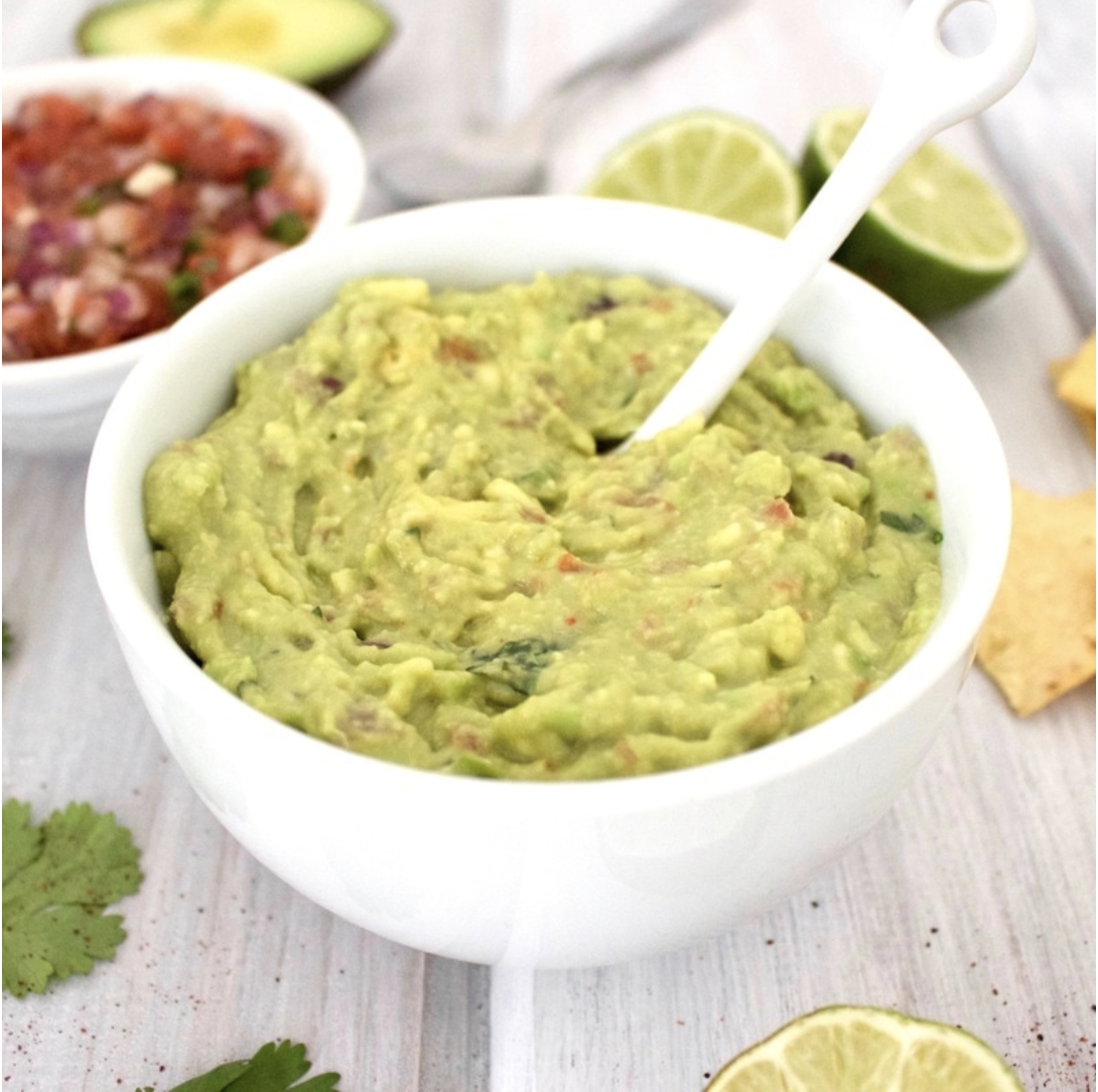
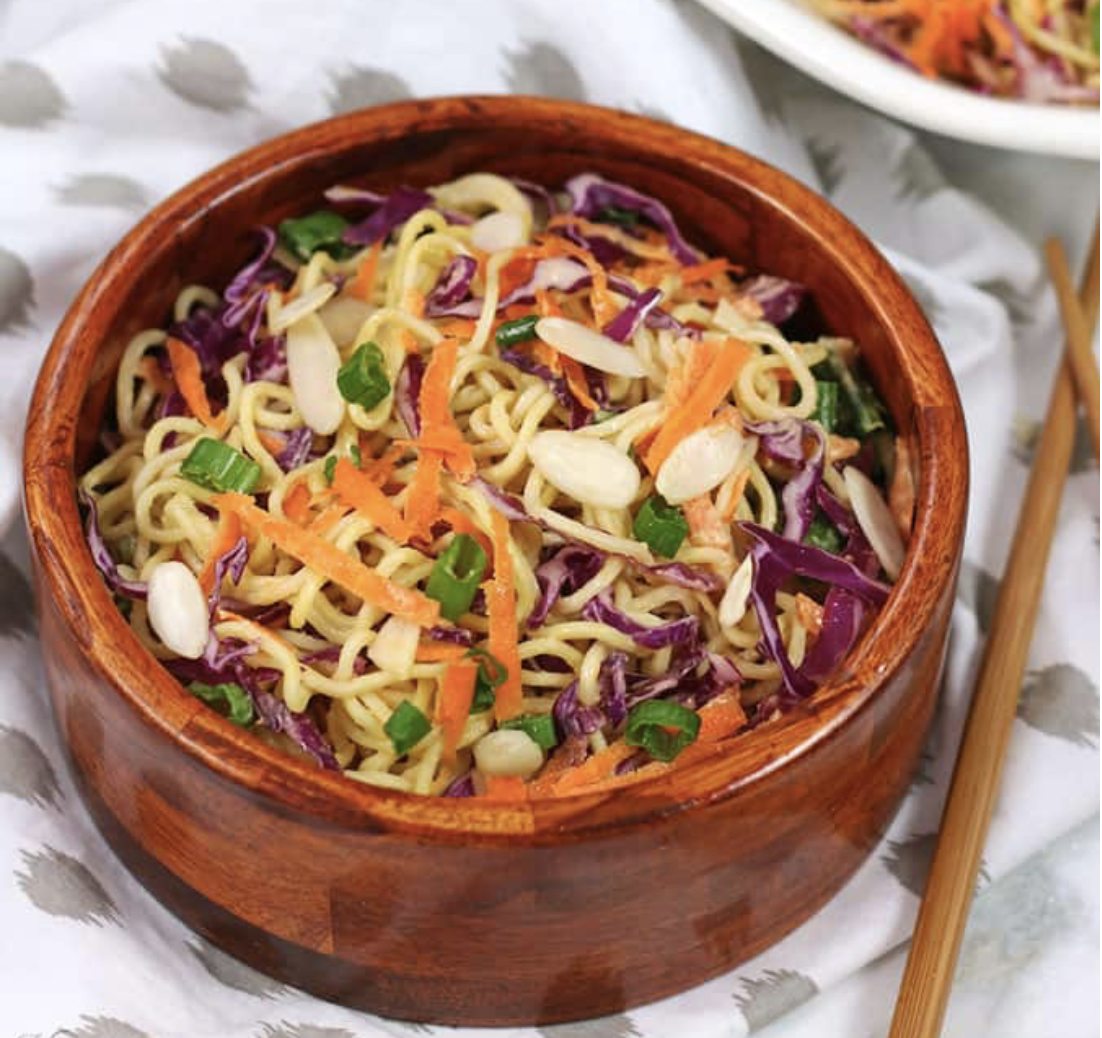
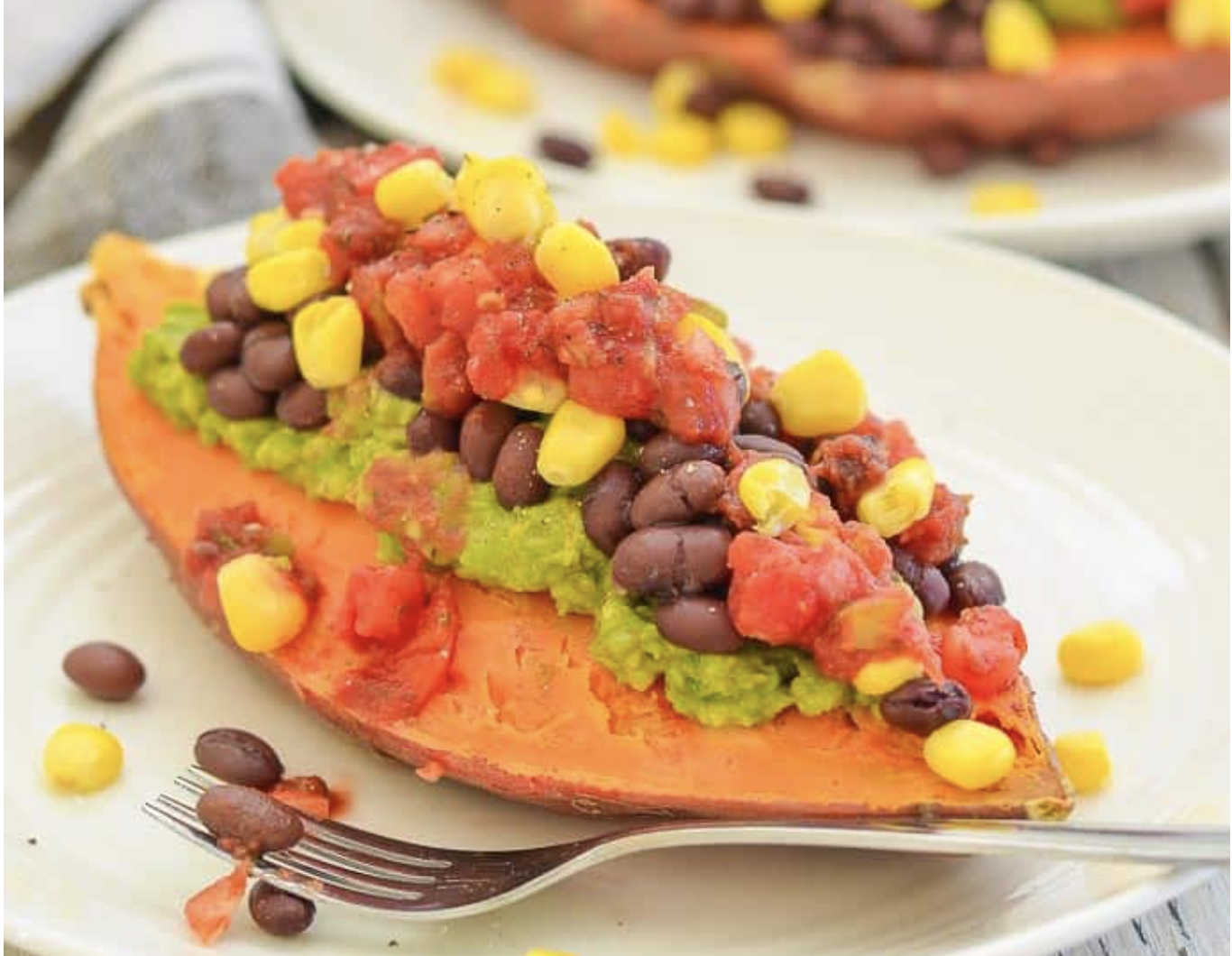
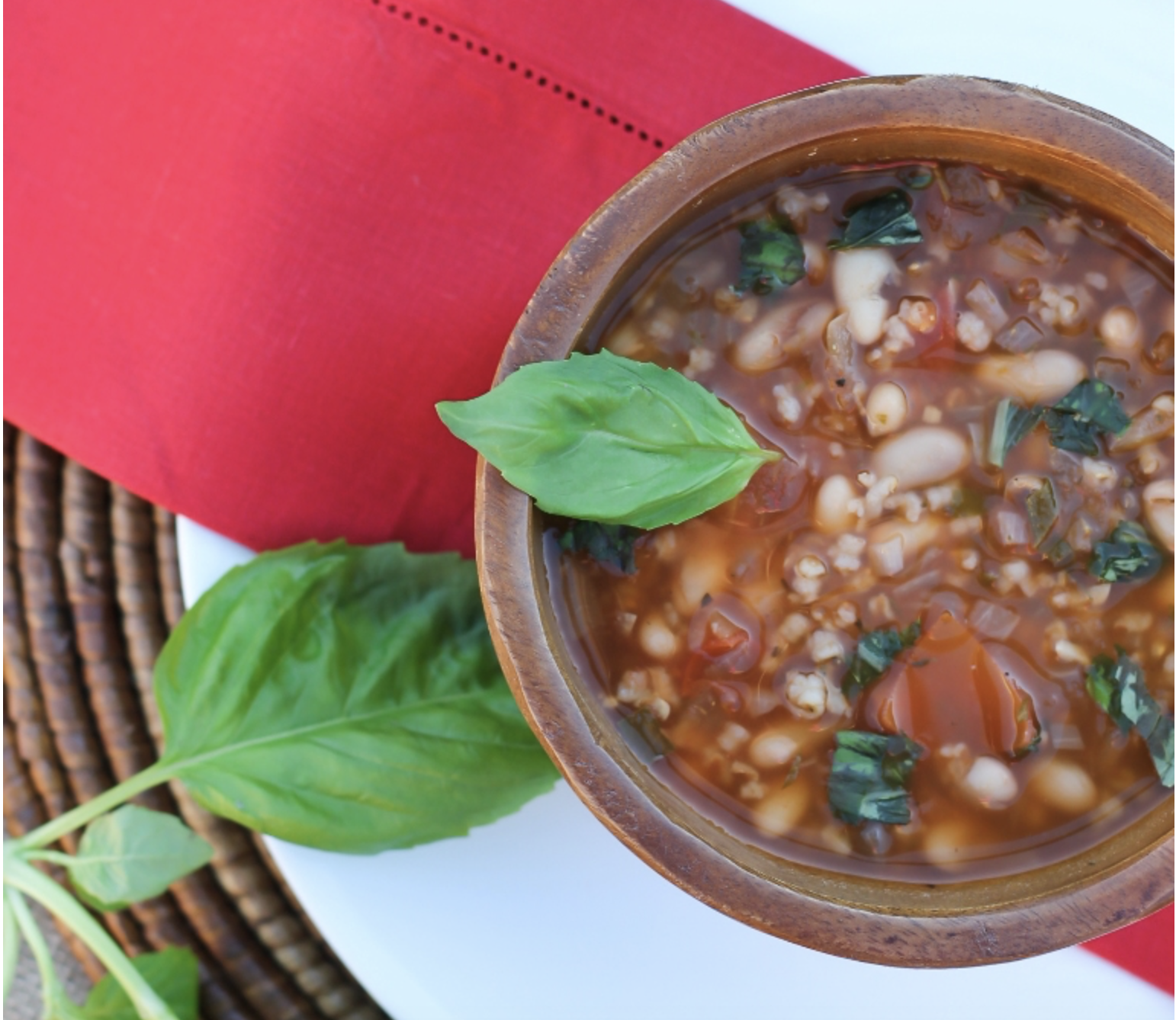
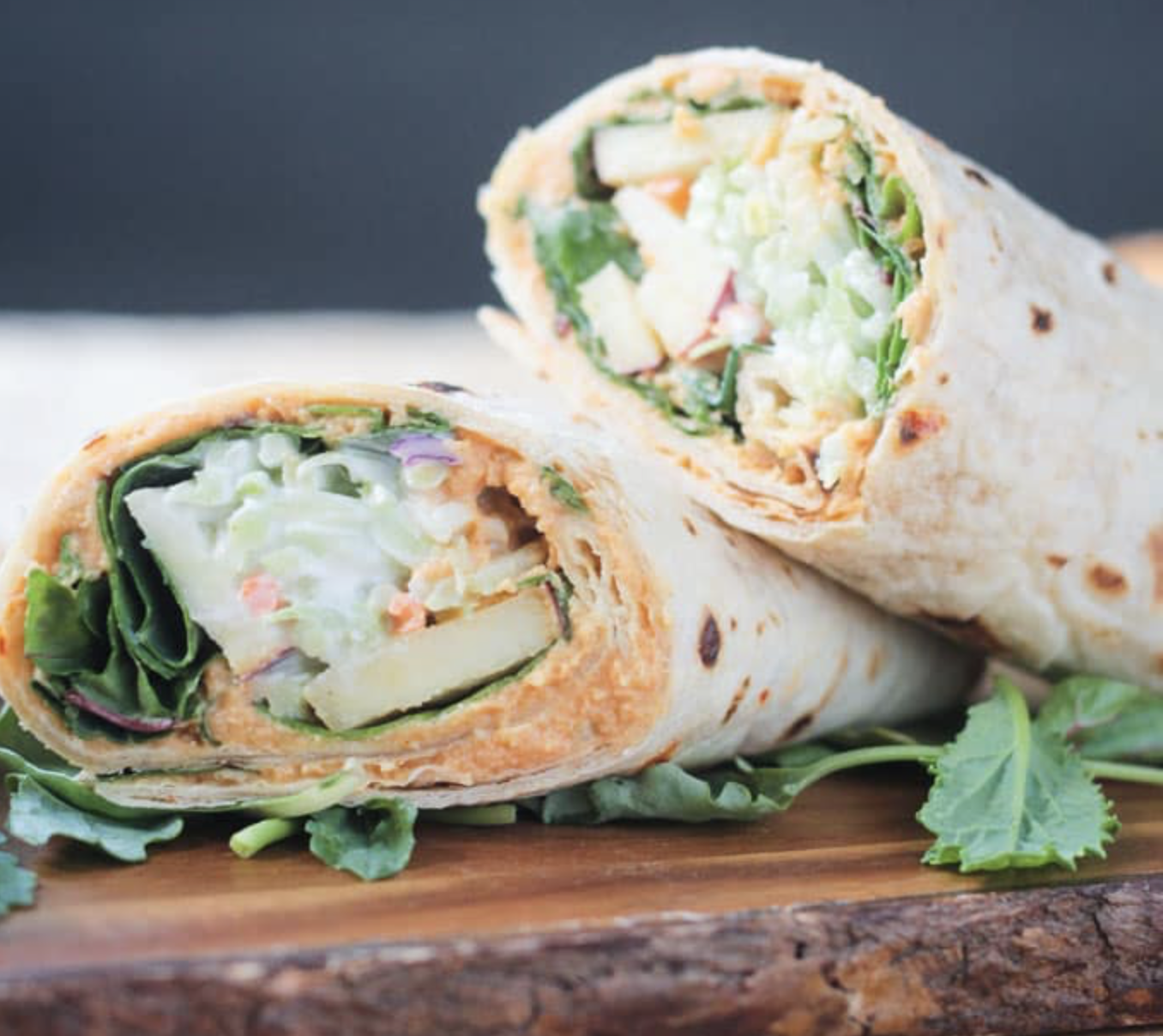


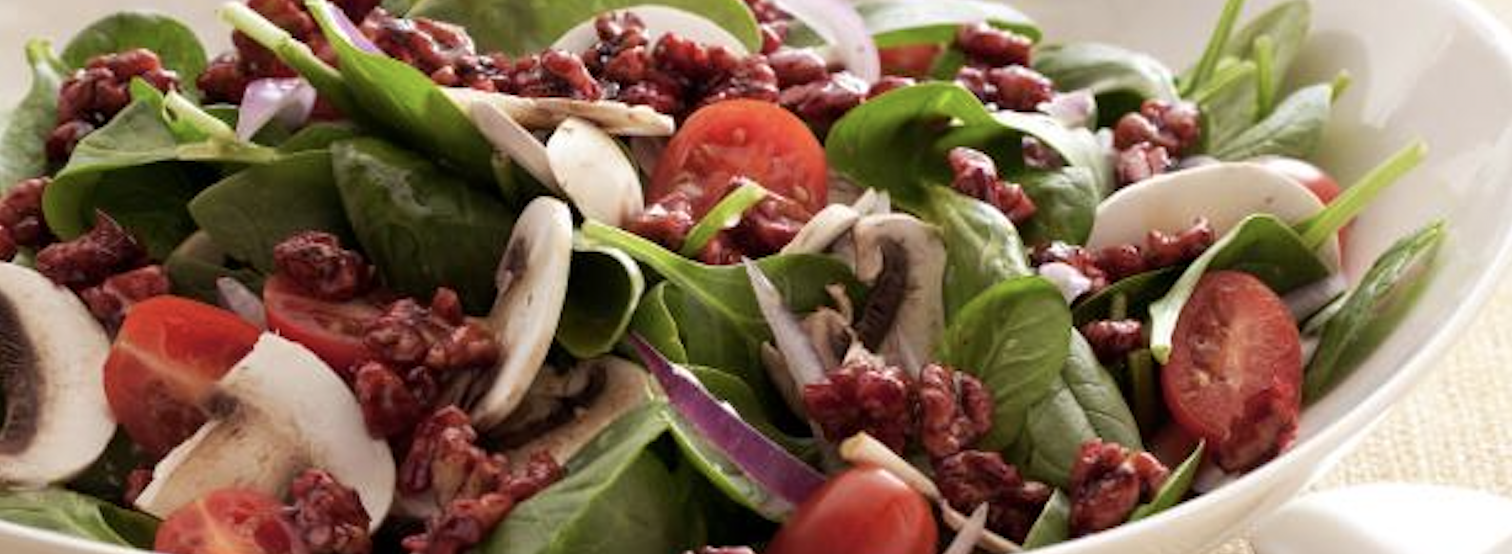
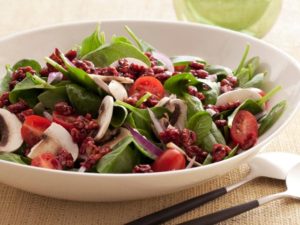 Super Food Spinach Salad with Pomegranate Glazed Walnuts
Super Food Spinach Salad with Pomegranate Glazed Walnuts Oatmeal Flax Chocolate Chip Cookies
Oatmeal Flax Chocolate Chip Cookies
